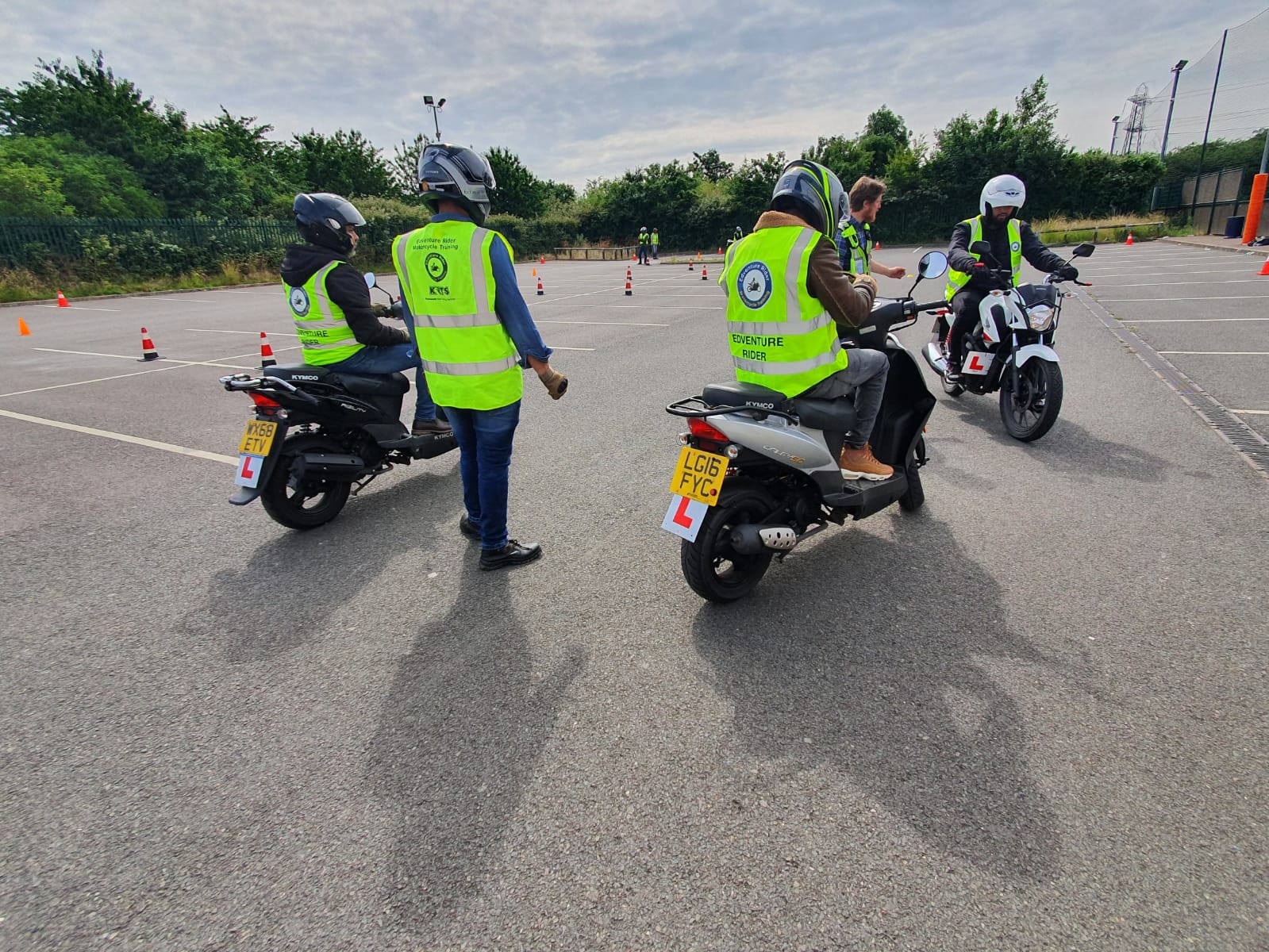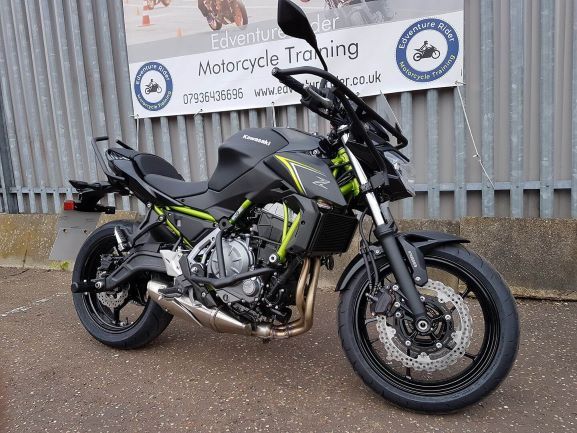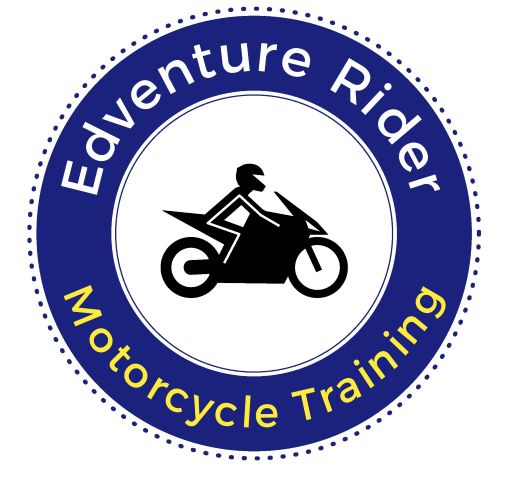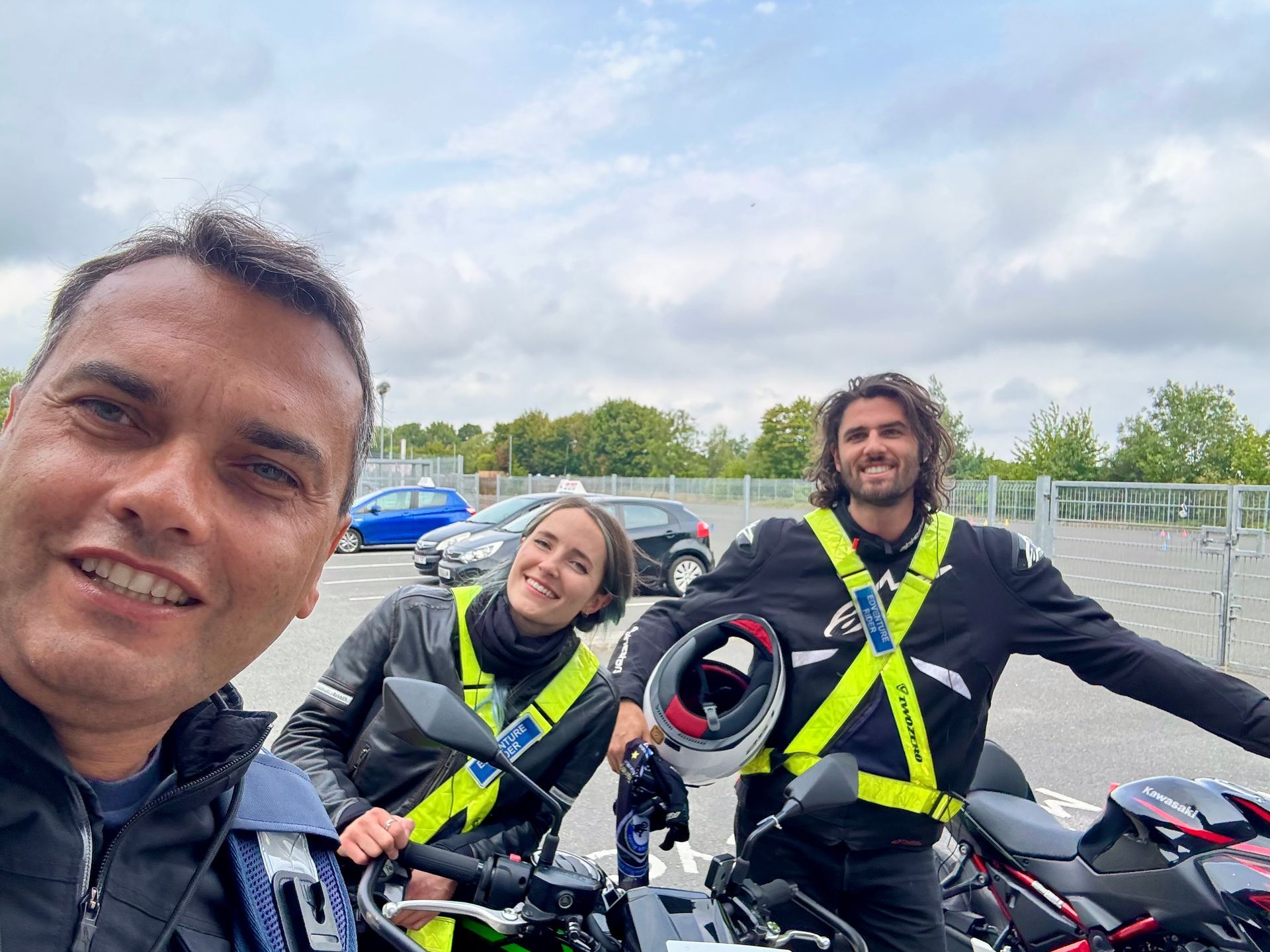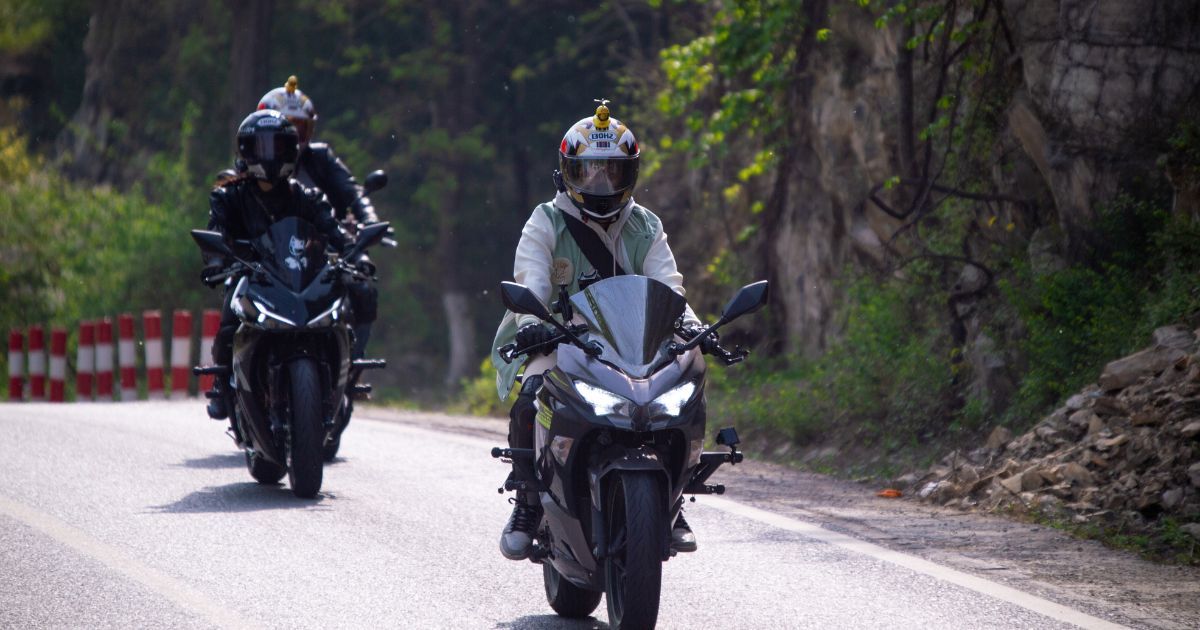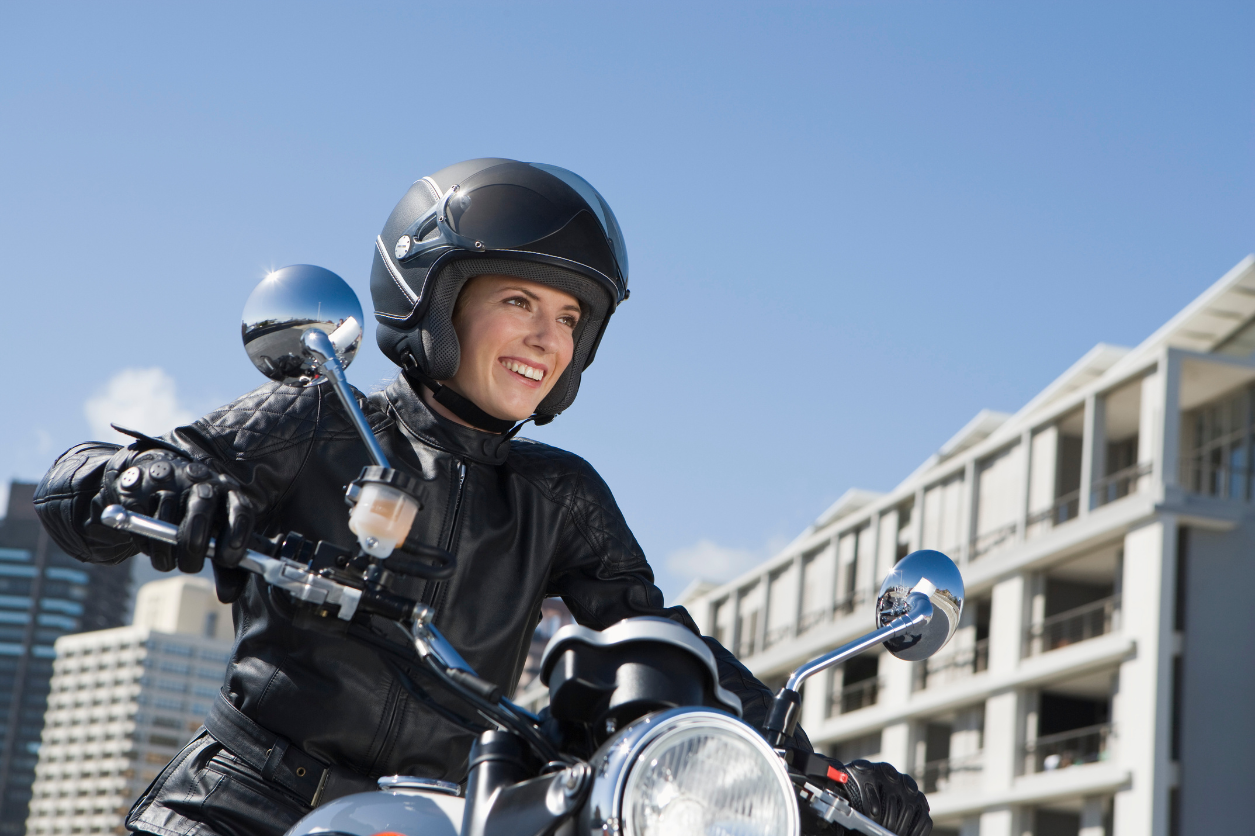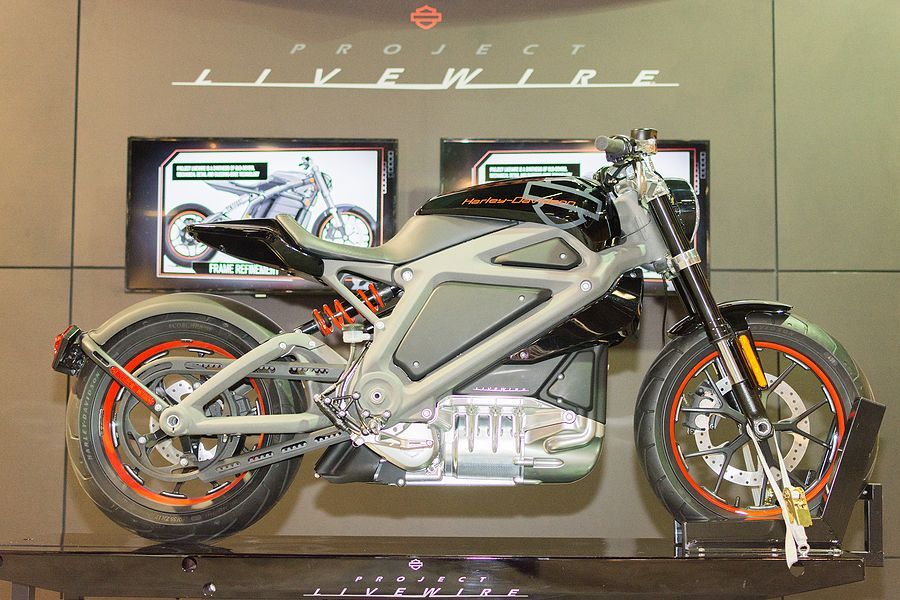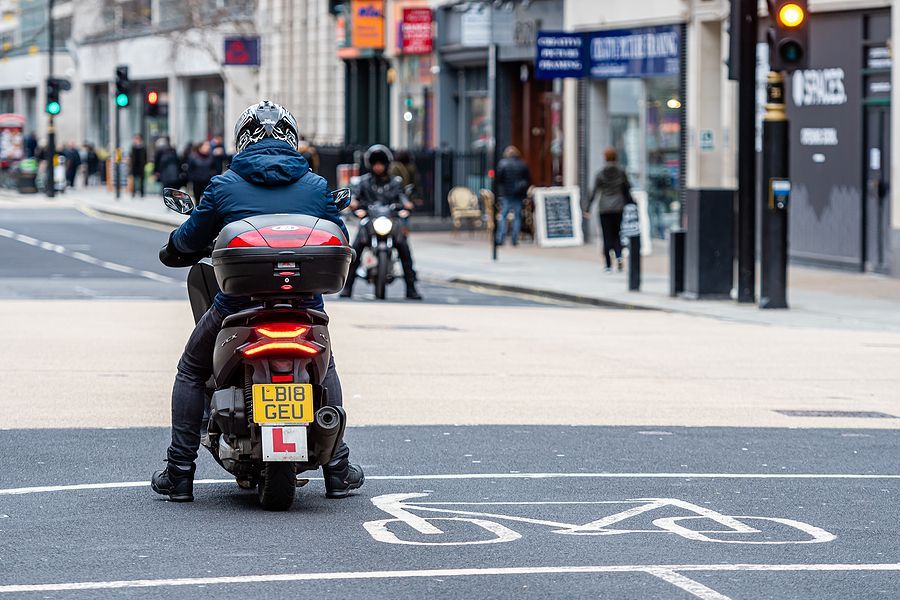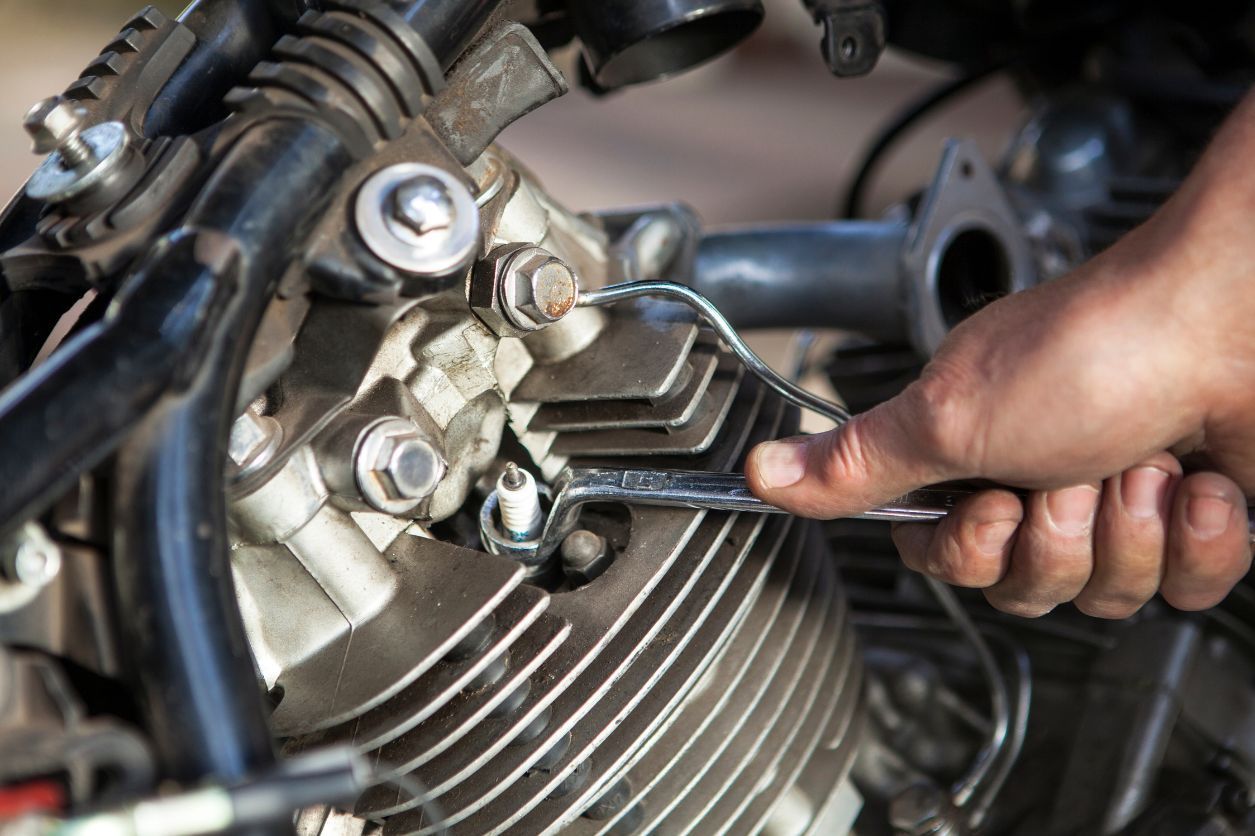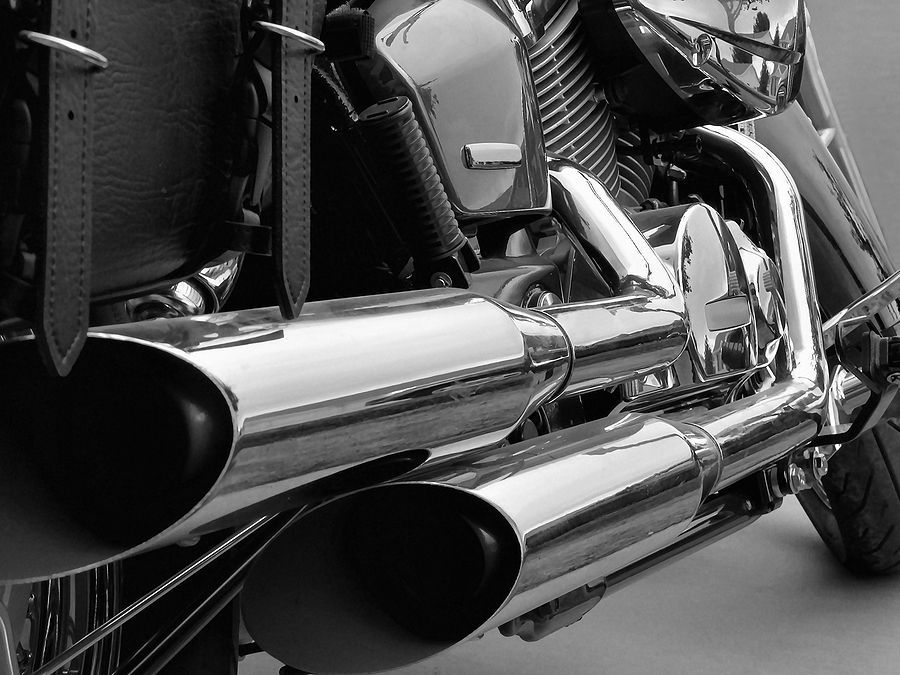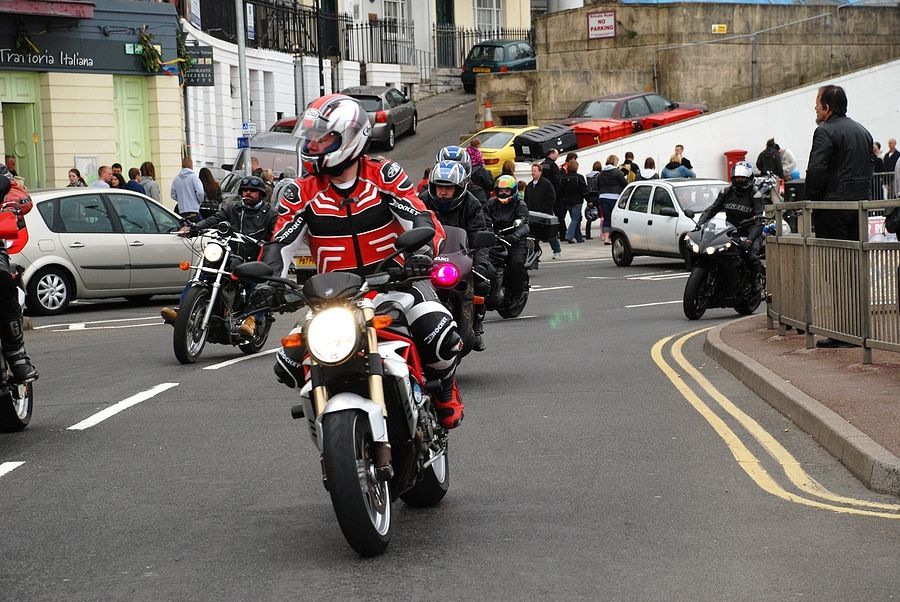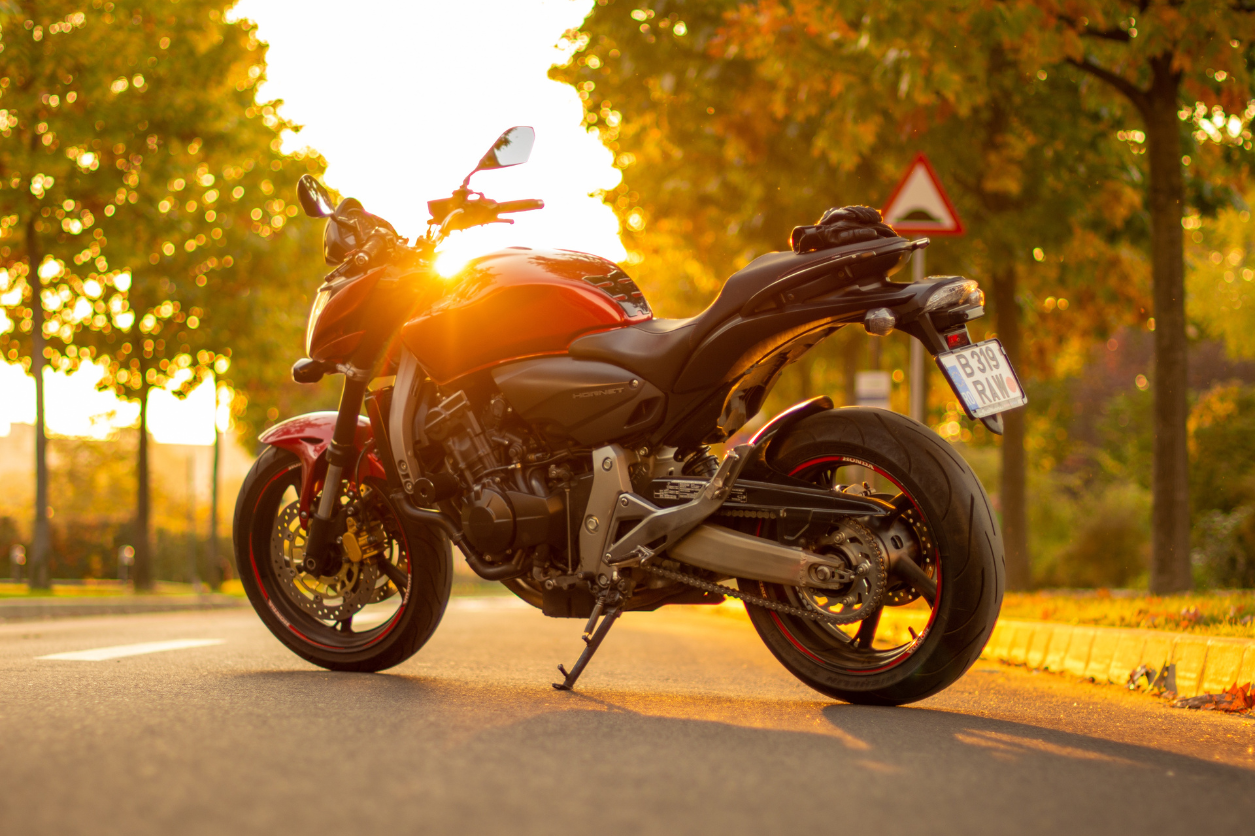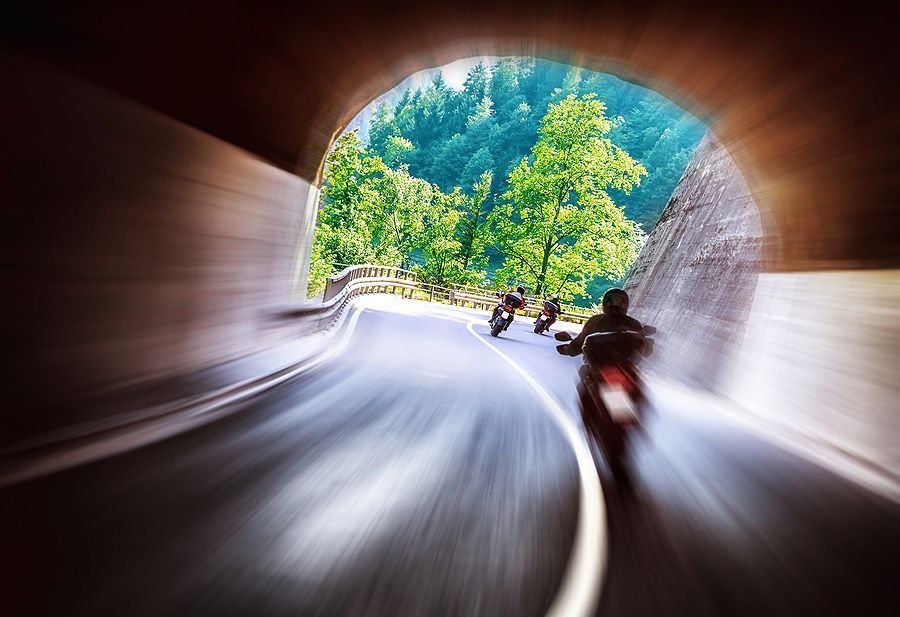Why Summer Is The Best Season To Enjoy Your Motorbike
Summer is great for many reasons - barbecues in the garden, ice-creams on the beach, and lazy sunny afternoons in beer gardens to name just a few. However, for anyone who has completed their motorcycle training, it means weekends heading out on your bike.
Although you can hit the road all year round, with motorcycles able to withstand most weather conditions, it is undoubtedly the best time to enjoy a ride between spring and autumn.
There is no chance of snow and, as long as the weather plays ball, you shouldn’t have to face too many wind and rain storms.
The advantage of going on rides around the UK during the summer is that it is unlikely to get too hot. Riding when the mercury is in the 30s can be difficult, as you are likely to sweat more in leathers and become fatigued.
If the
temperature exceeds 39C though, this is considered a “danger zone” for motorbike enthusiasts, as you could easily overheat, particularly wearing heavy protective clothing.
The excess heat can cause the rider to become confused and disoriented, which can be very dangerous when in control of a vehicle. They might also get headaches or feel sick, which can be difficult if they are on a long ride, far from home.
It is important, therefore, to avoid riding during heatwaves, and to stick to the cooler parts of the day if you want to head out on your bike. Make sure you bring plenty of water to avoid becoming dehydrated and choose riding gear that enables air to circulate around it while still offering protection during a fall.
Taking regular breaks is important in the summer as well, even if the temperature doesn’t feel that hot, so your body can have a rest from being in the sunlight and doesn’t get overly tired. It’s also a great excuse to find somewhere to stop for a refreshing drink or cooling ice-cream!
